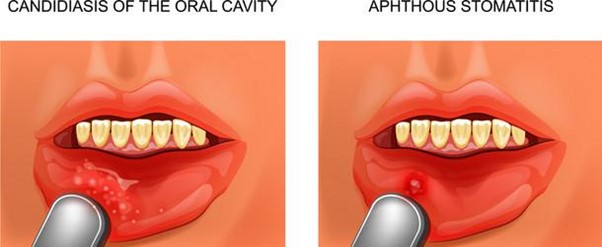RN HESI NUTRITION
RN HESI NUTRITION ( 49 Questions)
A client who is receiving antineoplastic chemotherapy has lost 25% of total body weight and is having difficulty eating because of stomatitis. In planning care for this client which diet should the nurse recommend?
Low residue diet is incorrect. A low residue diet is typically recommended for individuals with gastrointestinal conditions like inflammatory bowel disease or diverticulitis. This diet limits high-fibre foods to reduce bowel movements and ease digestive stress. However, it might not be the best option for a client with stomatitis who is struggling to eat due to mouth pain.
Mechanical soft diet is incorrect. A mechanical soft diet includes foods that are soft and easy to chew, but they aren't necessarily pureed. While this diet might be more comfortable to eat for some individuals, a client with severe stomatitis might still experience pain while chewing. A pureed diet is a step further in terms of texture modification and can be better tolerated by someone with significant mouth pain.
Pureed regular diet is correct. Stomatitis is inflammation of the mouth and can cause pain and discomfort, making it difficult for the client to eat. In this case, a pureed regular diet would be the most suitable choice.
High protein soft diet is incorrect. While a high protein diet is important for recovery, healing, and maintaining muscle mass, the texture of the diet is equally important for someone with stomatitis. A high protein soft diet might still involve foods that are challenging to eat due to mouth pain, and therefore, a pureed diet would be a better option in this case.
Choice A
Low residue diet is incorrect. A low residue diet is typically recommended for individuals with gastrointestinal conditions like inflammatory bowel disease or diverticulitis. This diet limits high-fibre foods to reduce bowel movements and ease digestive stress. However, it might not be the best option for a client with stomatitis who is struggling to eat due to mouth pain.
Choice B
Mechanical soft diet is incorrect. A mechanical soft diet includes foods that are soft and easy to chew, but they aren't necessarily pureed. While this diet might be more comfortable to eat for some individuals, a client with severe stomatitis might still experience pain while chewing. A pureed diet is a step further in terms of texture modification and can be better tolerated by someone with significant mouth pain.
Choice C
Pureed regular diet is correct. Stomatitis is inflammation of the mouth and can cause pain and discomfort, making it difficult for the client to eat. In this case, a pureed regular diet would be the most suitable choice.
Choice D
High protein soft diet is incorrect. While a high protein diet is important for recovery, healing, and maintaining muscle mass, the texture of the diet is equally important for someone with stomatitis. A high protein soft diet might still involve foods that are challenging to eat due to mouth pain, and therefore, a pureed diet would be a better option in this case.

